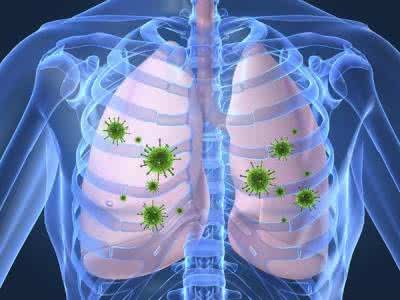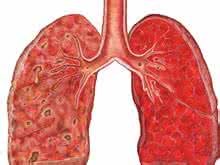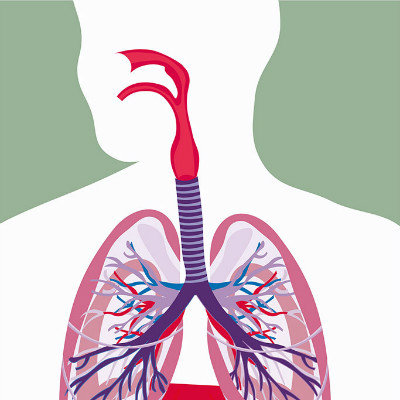Early symptoms of ground glass lung disease?
summary
Lung cancer is one of the most common malignant tumors. It has no specific symptoms in the early stage, which brings some difficulties to the early detection of lung cancer. If in the physical examination or other circumstances to do a chest X-ray examination, found on the chest X-ray there are some difficult to explain the slight abnormalities, it is recommended that further CT examination to help diagnose, so as to avoid missed diagnosis. Early symptoms of ground glass lung disease? Let's talk about it.
Early symptoms of ground glass lung disease?
The ground glass changes were mainly due to the decrease of alveolar air content, the relative increase of cell number, the thickening of alveolar septum and the partial filling of terminal airway. Therefore, ground glass like change is only a medical imaging description. Many reasons can cause ground glass like change, such as inflammatory lesions, focal fibrosis, atypical adenomatous hyperplasia (Aah), alveolar hemorrhage and so on.

Adenocarcinoma in situ (AIS) or microinvasive adenocarcinoma (MIA) can also show ground glass like changes in chest CT because the tumor cells grow and spread along the alveolar wall or bronchiole wall without damaging the structure of lung tissue. The typical ground glass like change is a non solid nodule, and its internal normal anatomical structure (such as blood vessels) has clear edges. In general, radiologists are used to taking 3cm as the boundary. If the diameter of ground glass change exceeds 3cm, they are more used to call it tumor. Sometimes, ground glass nodules are mixed with solid or sub solid nodules.

Atypical adenomatous hyperplasia often presents as typical ground glass like changes on imaging, most of which are less than 5mm in diameter, and can be single or multiple. Adenocarcinoma in situ often presents as typical ground glass changes or mixed with some solid nodules on imaging, even in a few cases, mucinous type can also show as solid nodules. Adenocarcinoma in situ may be single or multiple. The imaging features of microinvasive adenocarcinoma are mainly ground glass like changes, often mixed with sub solid nodules, the diameter of which is often less than 5mm. Mucinous type of microinvasive adenocarcinoma is rare, and can be shown as solid or sub solid nodules on imaging. Invasive adenocarcinoma may occasionally show ground glass changes.

matters needing attention
Chest X-ray is easy to be missed and misdiagnosed. For example, if the mass is behind the ribs or liver, or the mass is covered by the ribs and can't be seen, the chest film may show normal. It's too late to wait a year for the tumor to metastasize. Therefore, chest X-ray is not recommended as a basic screening method. To increase the proportion of early detection and diagnosis of lung cancer, the most important way is regular screening. Low dose spiral CT is highly recommended in the world. This technique can effectively detect small nodules, but the radiation dose is lower than that of conventional CT. Six times of low-dose spiral CT radiation is equivalent to a conventional dose of chest CT, the radiation harm to human body is relatively small. Generally, people with family history of lung cancer, elderly people, smoking, occupational contact history, and history of malignant tumor are at high risk of lung cancer. Low dose spiral CT should be performed at least once a year.









